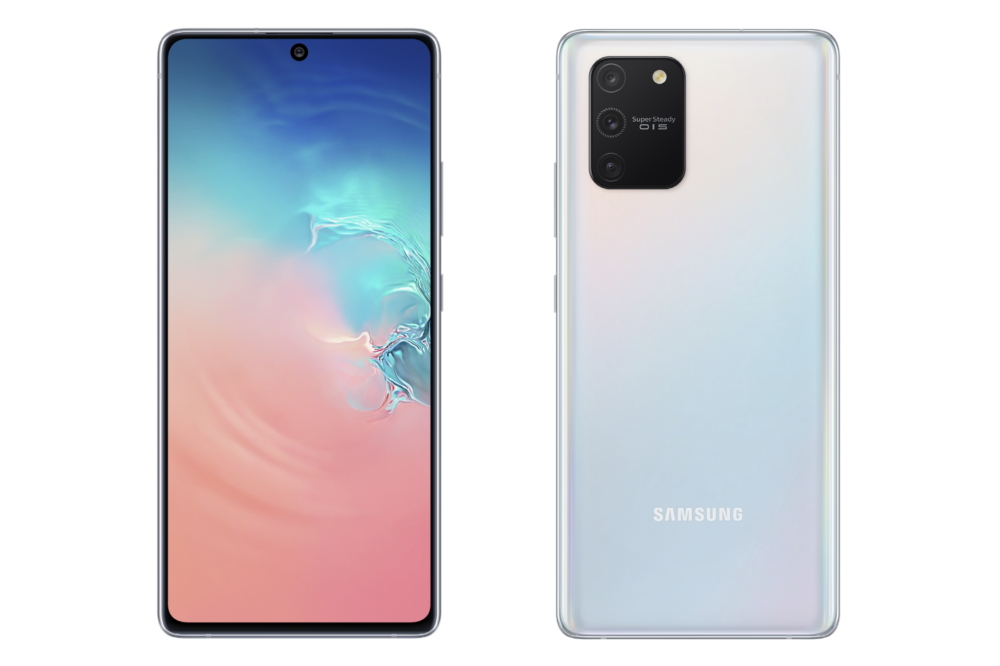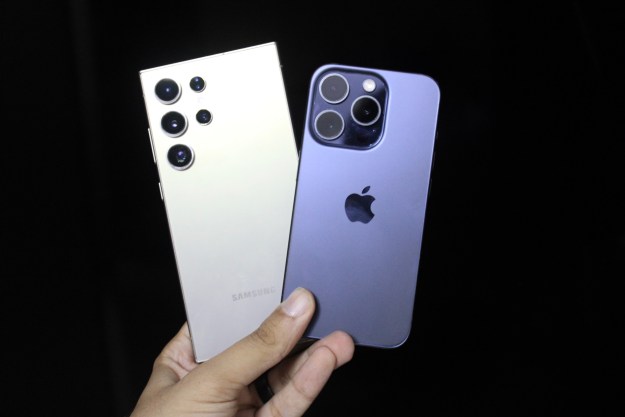Samsung introduced two new Galaxy smartphones ahead of the CES 2020 consumer electronics show: The Galaxy S10 Lite and the Galaxy Note 10 Lite. The new phones are built to offer flagship features at competitive prices. With these new devices, the South Korean phone maker is also stepping out of its usual launch cycle — an effort to combat competition from Apple’s iPhone 11, iPhone XR, and the rumored iPhone SE 2.
The new Galaxy S10 Lite and Galaxy Note 10 Lite are largely identical except for their rear cameras and processor. Both come with a 6.7-inch, 1080p, hole-punch OLED screen that has a tiny cutout at the center to house the selfie camera.


Read more: Hands-on with the Galaxy S10 Lite and Note 10 Lite
On top of that, you’ll find a 4500mAh battery coupled with fast-charging over USB Type-C, a 32-megapixel selfie camera, 6GB or 8GB of RAM, an in-display fingerprint scanner, and 128GB of internal storage. Both also offer Android 10 (overlaid with the company’s own custom skin, of course) out of the box.
The Galaxy S10 Lite (which is not to be confused with the Galaxy S10e that’s meant more for smaller hands) is powered by Qualcomm’s former flagship chipset, the Snapdragon 855, while the

The defining differences between the two lie inside their rectangular three-camera bumps on the back. The Galaxy S10 Lite has a 48-megapixel primary camera, a 5-megapixel macro lens, and a 12-megapixel ultra-wide shooter. Plus, it has an exclusive software feature called Super Steady OIS, which, as its name suggests, lets you take relatively steadier videos.
The
While the new phones do seem promising, Samsung hasn’t yet shared their most important trait — the pricing. Considering the company has nearly half a dozen flagship phones already and a handful more coming up in February, it’s possible that Samsung may end up discontinuing a few of its existing models to make room for the Galaxy S10 Lite and
Editors' Recommendations
- Every Samsung gadget we still expect in 2024
- 5 phones you should buy instead of the Samsung Galaxy S24
- A new version of the Samsung Galaxy S24 could be coming soon
- The Samsung Galaxy S24 just got destroyed in this camera test
- 5 phones you should buy instead of the Samsung Galaxy S24 Ultra





